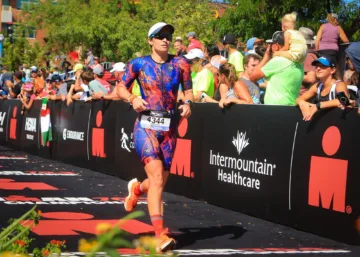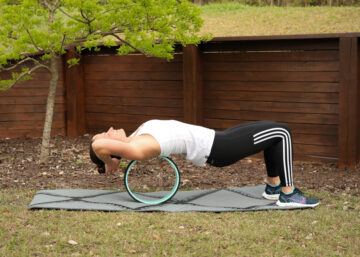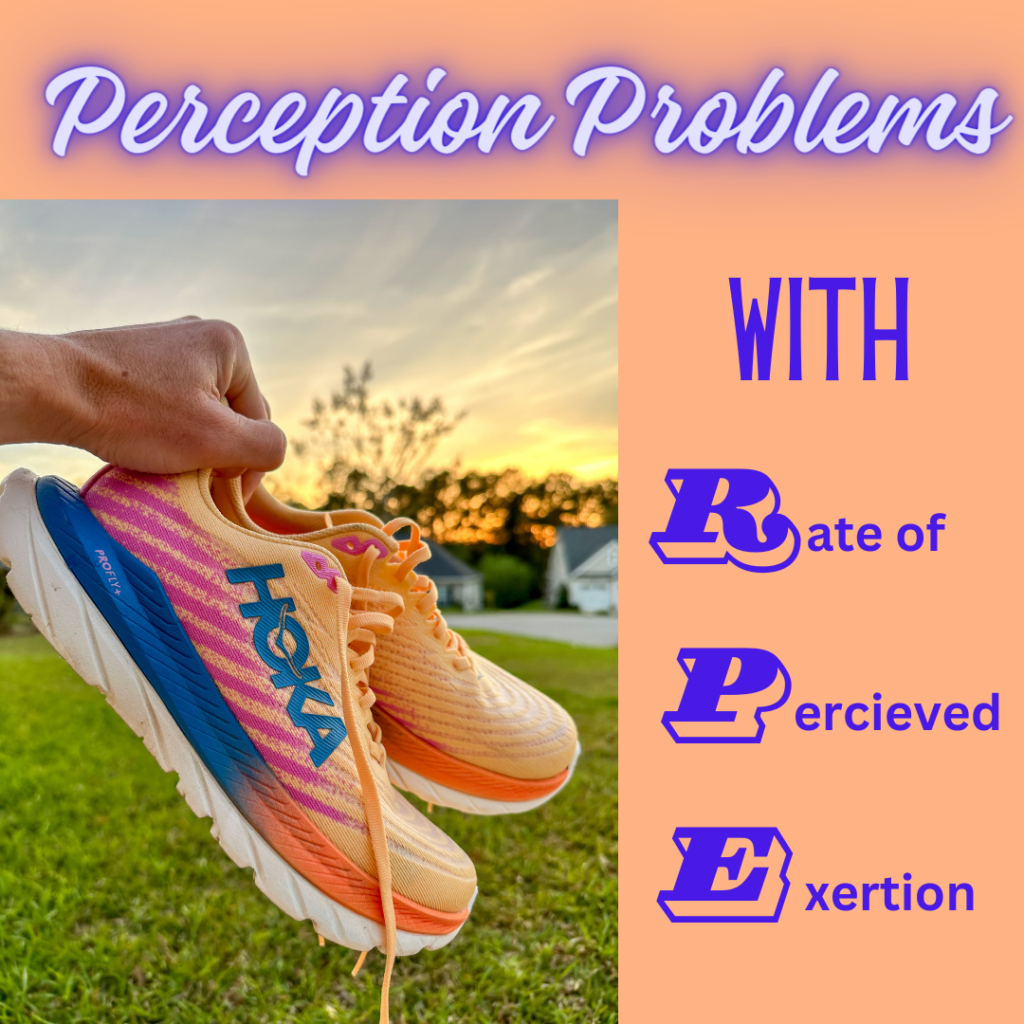
Do you have a perception problem with your RPE scale? I do.
I have this bad habit of rating every workout as a 6, 7, or 8. I rarely use the full range of 1-10.
Why is that a problem? I’ll explain, but first you need to know what a RPE scale is in the first place.
What’s RPE?
RPE refers to “rate of perceived exertion.” The RPE scale is a tool you can use to rate your workouts based on how hard they feel. The number you choose will relate to things like how hard it is to breathe, elevated heart rate, and muscle fatigue.
It’s sometimes referred to as the Borg scale, because it was created by Dr. Gunnar Borg. However, his original version ranked exertion on a scale of 6-20 where 6 represented being at rest and 20 represented maximal intensity.
Since then, it’s been modified to a simple 1-10 scale. For example, if a workout was a 7 out of 10, that might correlate to exercising at 70% of your maximum effort.
The important thing to know about RPE is that it’s a subjective measure, meaning it’s all about how you feel. How you feel can vary widely depending on your level of fatigue, the weather, your mental state, illness, or outside stressors like work and family life. That’s why you might rate a tempo run as a 7 one day, but on another day when you’re tired and stressed out, that same workout might feel like a 9.
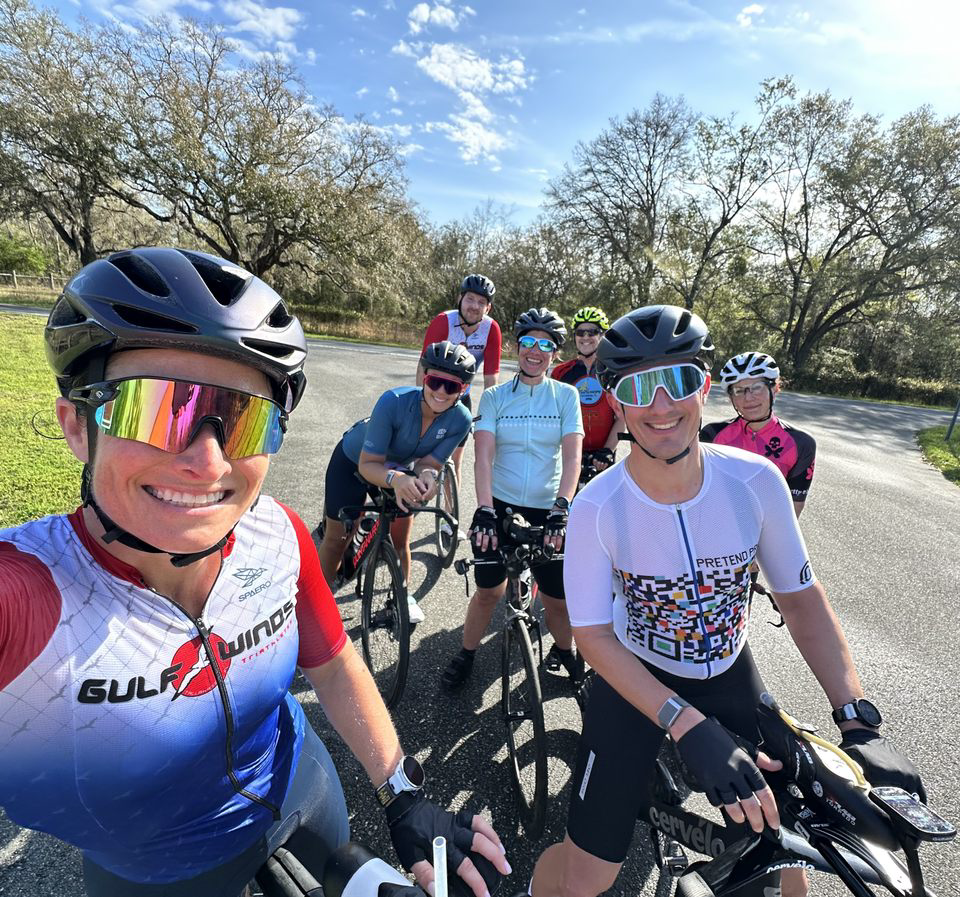
How to use RPE in triathlon
RPE is helpful in both triathlon training and racing, because it’s another metric you can use to dial in your effort. The data we look at on our smartwatches, like heart rate, pace, and power are objective measures, so they’re based on facts and evidence. If your heart rate is 180 bpm, then it’s 180 bpm. That’s it.
In contrast, RPE is subjective, so it’s based on our feelings, opinions, and perception about what that 180 bpm feels like.
So why do we even care about RPE? Shouldn’t we focus more on the objective metrics like speed and pace that are going to get us to the finish line faster, instead of worrying about what it feels like?
Wrong. During a race, RPE is one of the most accurate methods of gauging effort and intensity.
For example, let’s say you’re at mile 20 of the marathon during an Ironman. Your “supposed” marathon pace is a 9:40 min. mile, but it’s 85 degrees, your heart rate is 170 bpm, and it feels like an 8 out of 10. It doesn’t matter what the pace is supposed to be, if you don’t slow down, you’re probably not going to make it those last six miles. You might have to slow down to an 11:00 min. mile or more to get to a 4-5 out of 10 and an effort you can sustain to the finish.
Changes in RPE can act as an early warning sign of fatigue or illness. If your typical trainer ride feels more like a 6-7 than the usual 3-4, that’s a sign something isn’t quite right. You might need to back off the intensity or take a recovery day.
Your coach might tell you an easy run is supposed to feel like a 4. If it really feels like a 7 (despite your pace and heart rate being in the prescribed range) that’s another sign that something is off.
You can also measure training progress with RPE. If climbing hills on the bike used to feel like a 7, but now it feels more like a 5, that’s a sign of progress. You’re able to complete the same activity with less perceived effort.
RPE also helps us learn how to accurately gauge our effort without relying on technology. Why is this important? Have you ever had your watch fail during a race? I have. Ever had your power meter run out of battery on a training ride? It’s happened to me.
If all your technology fails, you need to know what it feels like to race or train at a certain intensity. I do this a lot with swimming. I have a different breathing pattern I use for easy, half-ironman, Olympic, and sprint pace, so I can dial in that effort without even looking at the pace on my watch.
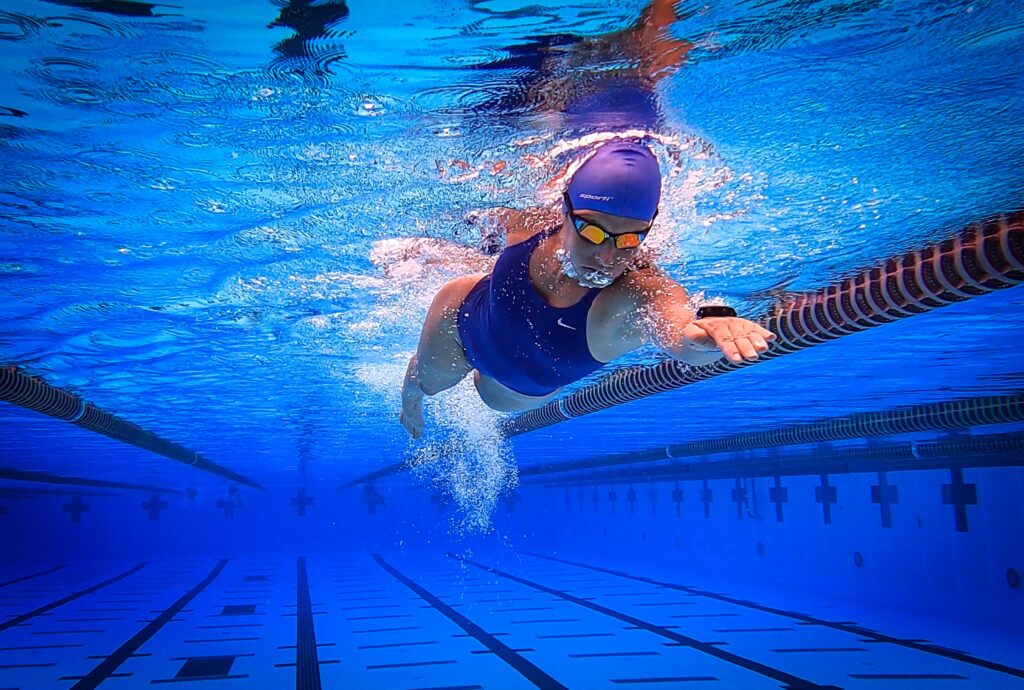
When your perception of perceived exertion is off
The problem with rate of perceived exertion is that it relies on perception, which isn’t always reality.
For example, I have a bad habit of ranking my workouts on a scale of 6-10, where 6 is easy, 7 is sufficiently challenging, 8 is very hard to breathe, 9 is can’t catch my breath, and 10 is max effort. Why do I do this? I have no idea… but it’s not helping my coach by always ranking every workout as either a 7 or an 8. There needs to be more range in order to give her some actual information to work with.
So, I’m currently working on revamping my personal RPE. I’m going to make an effort to rank workouts with the full 1-10 range. I’m a visual person, so one way I’m doing this is by looking at an actual chart with descriptions that show what each value represents. See below.
I don’t know if you have trouble with your RPE; but if you do, hopefully this scale might help you out as well!

